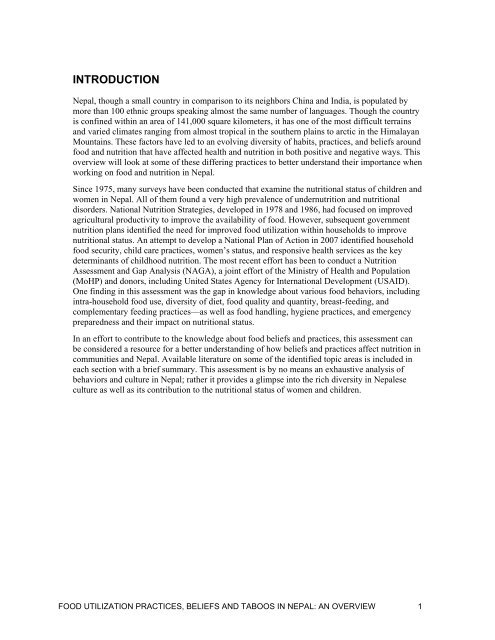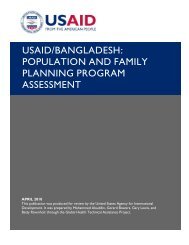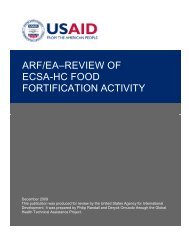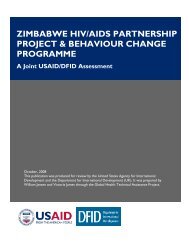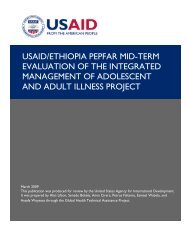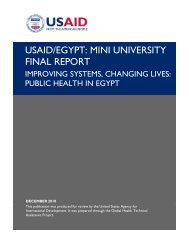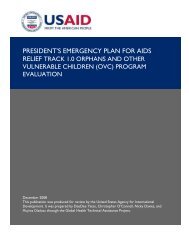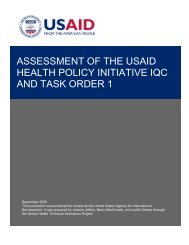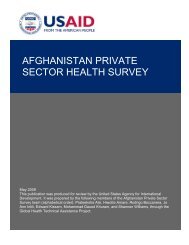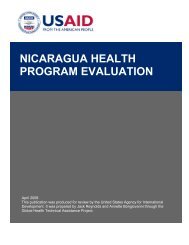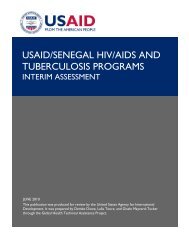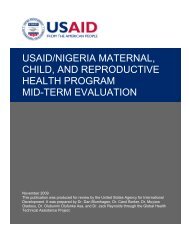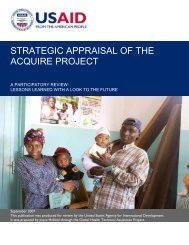Food utilization practices, beliefs and taboos in Nepal: An overview
Food utilization practices, beliefs and taboos in Nepal: An overview
Food utilization practices, beliefs and taboos in Nepal: An overview
- No tags were found...
You also want an ePaper? Increase the reach of your titles
YUMPU automatically turns print PDFs into web optimized ePapers that Google loves.
INTRODUCTION<strong>Nepal</strong>, though a small country <strong>in</strong> comparison to its neighbors Ch<strong>in</strong>a <strong>and</strong> India, is populated bymore than 100 ethnic groups speak<strong>in</strong>g almost the same number of languages. Though the countryis conf<strong>in</strong>ed with<strong>in</strong> an area of 141,000 square kilometers, it has one of the most difficult terra<strong>in</strong>s<strong>and</strong> varied climates rang<strong>in</strong>g from almost tropical <strong>in</strong> the southern pla<strong>in</strong>s to arctic <strong>in</strong> the HimalayanMounta<strong>in</strong>s. These factors have led to an evolv<strong>in</strong>g diversity of habits, <strong>practices</strong>, <strong>and</strong> <strong>beliefs</strong> aroundfood <strong>and</strong> nutrition that have affected health <strong>and</strong> nutrition <strong>in</strong> both positive <strong>and</strong> negative ways. This<strong>overview</strong> will look at some of these differ<strong>in</strong>g <strong>practices</strong> to better underst<strong>and</strong> their importance whenwork<strong>in</strong>g on food <strong>and</strong> nutrition <strong>in</strong> <strong>Nepal</strong>.S<strong>in</strong>ce 1975, many surveys have been conducted that exam<strong>in</strong>e the nutritional status of children <strong>and</strong>women <strong>in</strong> <strong>Nepal</strong>. All of them found a very high prevalence of undernutrition <strong>and</strong> nutritionaldisorders. National Nutrition Strategies, developed <strong>in</strong> 1978 <strong>and</strong> 1986, had focused on improvedagricultural productivity to improve the availability of food. However, subsequent governmentnutrition plans identified the need for improved food <strong>utilization</strong> with<strong>in</strong> households to improvenutritional status. <strong>An</strong> attempt to develop a National Plan of Action <strong>in</strong> 2007 identified householdfood security, child care <strong>practices</strong>, women’s status, <strong>and</strong> responsive health services as the keydeterm<strong>in</strong>ants of childhood nutrition. The most recent effort has been to conduct a NutritionAssessment <strong>and</strong> Gap <strong>An</strong>alysis (NAGA), a jo<strong>in</strong>t effort of the M<strong>in</strong>istry of Health <strong>and</strong> Population(MoHP) <strong>and</strong> donors, <strong>in</strong>clud<strong>in</strong>g United States Agency for International Development (USAID).One f<strong>in</strong>d<strong>in</strong>g <strong>in</strong> this assessment was the gap <strong>in</strong> knowledge about various food behaviors, <strong>in</strong>clud<strong>in</strong>g<strong>in</strong>tra-household food use, diversity of diet, food quality <strong>and</strong> quantity, breast-feed<strong>in</strong>g, <strong>and</strong>complementary feed<strong>in</strong>g <strong>practices</strong>—as well as food h<strong>and</strong>l<strong>in</strong>g, hygiene <strong>practices</strong>, <strong>and</strong> emergencypreparedness <strong>and</strong> their impact on nutritional status.In an effort to contribute to the knowledge about food <strong>beliefs</strong> <strong>and</strong> <strong>practices</strong>, this assessment canbe considered a resource for a better underst<strong>and</strong><strong>in</strong>g of how <strong>beliefs</strong> <strong>and</strong> <strong>practices</strong> affect nutrition <strong>in</strong>communities <strong>and</strong> <strong>Nepal</strong>. Available literature on some of the identified topic areas is <strong>in</strong>cluded <strong>in</strong>each section with a brief summary. This assessment is by no means an exhaustive analysis ofbehaviors <strong>and</strong> culture <strong>in</strong> <strong>Nepal</strong>; rather it provides a glimpse <strong>in</strong>to the rich diversity <strong>in</strong> <strong>Nepal</strong>eseculture as well as its contribution to the nutritional status of women <strong>and</strong> children.FOOD UTILIZATION PRACTICES, BELIEFS AND TABOOS IN NEPAL: AN OVERVIEW 1


